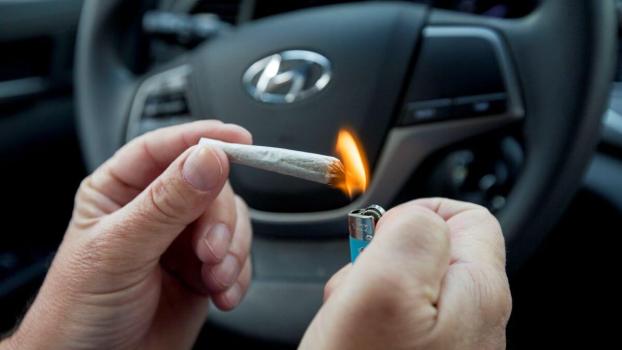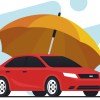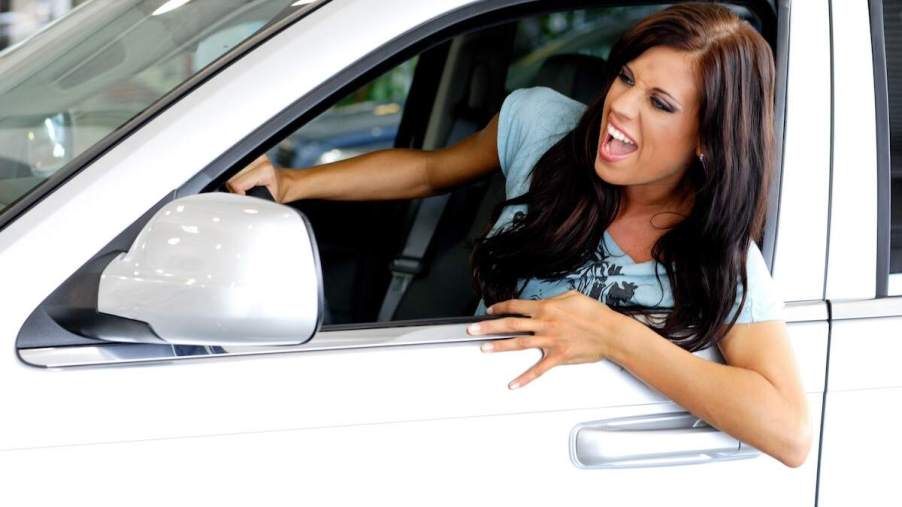
The Top 3 Causes of Road Rage Are Not Big Surprises
Road rage is violent anger stemming from stress and frustration while driving. It leads to aggressive behaviors that could harm others. But what causes road rage? The American Psychological Association (APA) has studied the subject, and research shows three driving behaviors enrage motorists the most:
- Distracted driving
- Tailgating
- Cutting off other motorists
Here are the details.
What causes road rage?
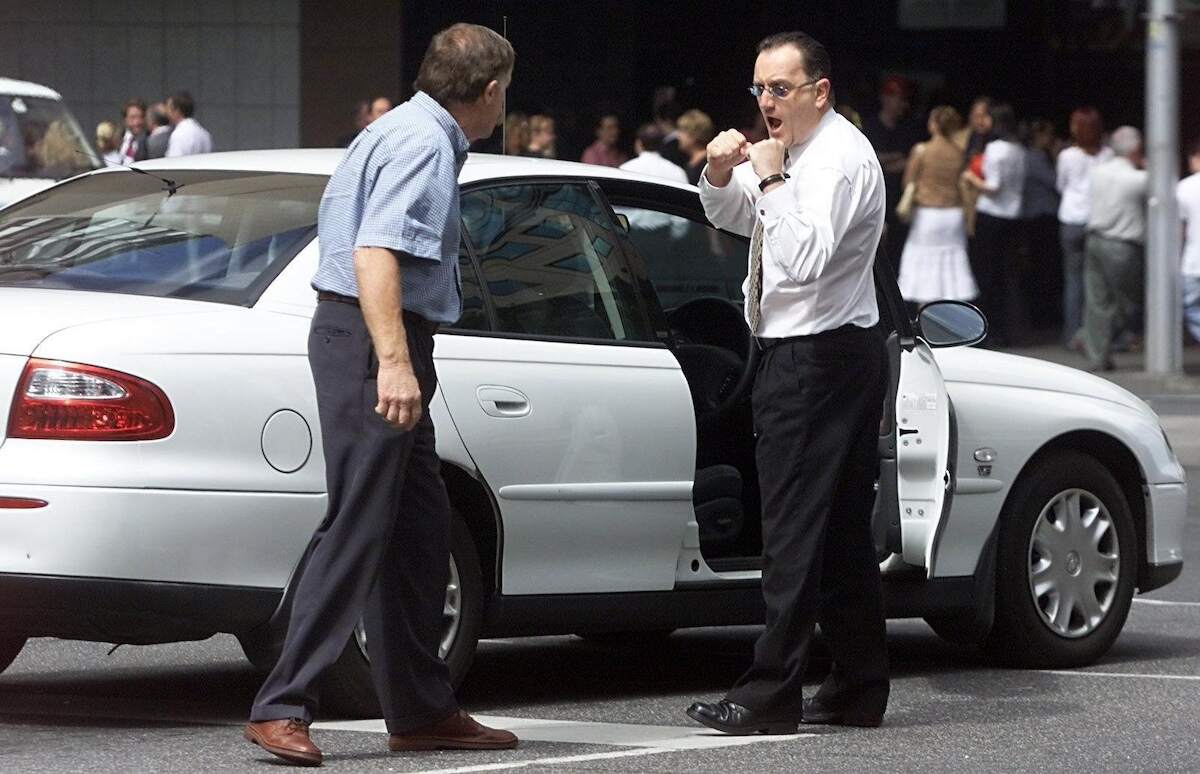
The APA notes that several factors contribute to the potential for road rage.
Young males are most prone to exhibiting road rage, while busier routes can “boost anger behind the wheel.” Outside psychological factors also come into play. Road rage can be linked to displaced anger or high stress levels, and people prone to road rage are likelier to misuse alcohol and drugs.
Furthermore, “high-anger” drivers are more prone to aggressive thinking, which can lead to vengeful thoughts or actions. These motorists typically drive at higher speeds, rapidly switch lanes, tailgate, or run red lights. They’re also likelier to be angrier throughout the day, not just on the road, and they often exhibit more anger, anxiety, and impulsiveness, sometimes due to stress.
However, even “low-anger” drivers can become enraged. The Zebra reports three scenarios that most often cause road rage: distracted driving, tailgating, and cutting off someone in traffic. Here they are in no particular order because their positions change year over year:
1. Distracted driving can anger other motorists
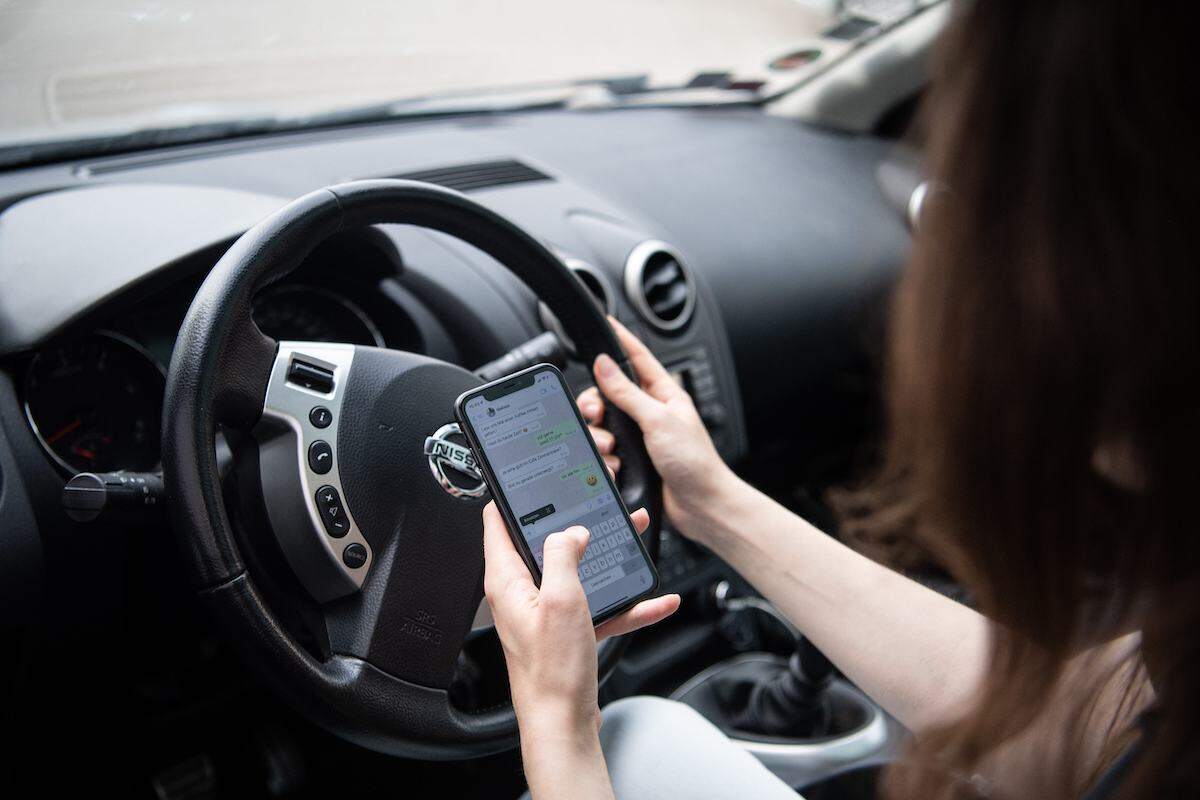
A survey that The Zebra conducted of U.S. drivers shows the activity likeliest to cause road rage is distracted driving. About 28% of respondents listed other motorists’ distracted driving as an “enraging” behavior.
Distracted driving can take many forms, such as texting while driving, not paying attention to road or traffic conditions, taking one’s hands off the wheel, or even “zoning out.” Understandably, distracted driving can frustrate or anger other drivers because it puts everyone on the road in danger.
2. Tailgating is another leading cause of road rage
Many respondents also noted tailgating, or following too closely, was a leading cause of road rage. Tailgating has been a top “enraging” behavior on The Zebra’s annual survey for years. That’s little surprise, considering no one appreciates having another car riding their rear bumper.
3. Cutting other drivers off in traffic can enrage them
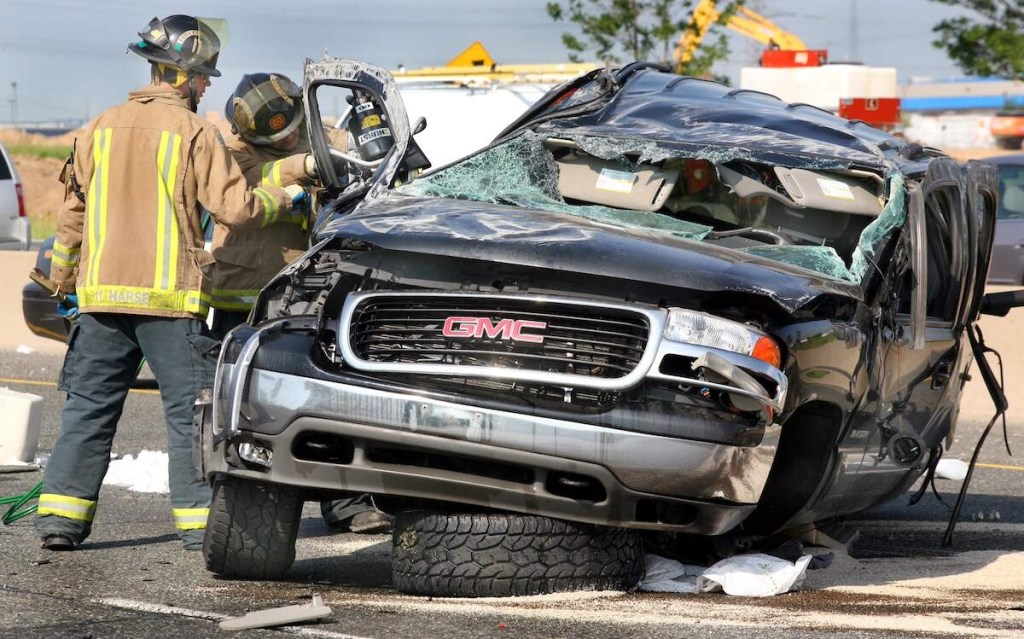
Another unsurprising “enraging” road behavior is cutting off other drivers. The survey doesn’t specify whether “cutting off” constitutes running through an intersection, not properly merging or changing lanes, or failing to yield to traffic. However, it’s reasonable to suspect survey respondents would say all of the above situations would anger them.
Other notable road rage statistics
The Zebra’s 2020 survey found most respondents turn on music or listen to a podcast to deal with road rage. Other popular ways to calm down are to “think of something more peaceful” or blow off some steam by “yelling in the car.”
About 19% of drivers said they felt anger and “intense aggression” while driving over the past year. About 5.5% said they experienced those feelings weekly, and nearly 3% said they feel anger every time they get behind the wheel.
Additionally, the APA notes half of drivers respond to other motorists’ “careless acts” by engaging in aggressive behavior.


